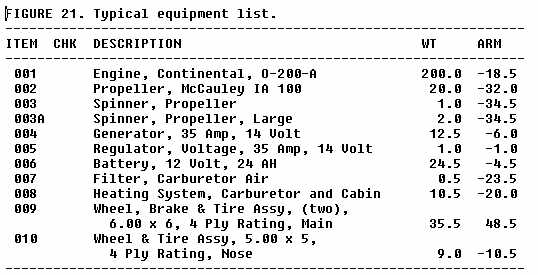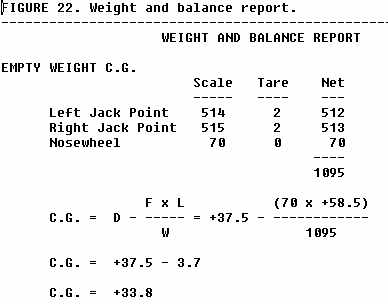|
When providing aircraft type on a flight plan, pilots/operators are required to include information about the on-board, certified equipment using an identifier code as a suffix to the equipment type. For example, "B739/J" means a Boeing 737-900 with "Flight Management System (FMS) with DME/DME and IRU position updating and RVSM."
|
|
Suffix | Equipment |
|
No DME |
|
/X | No Transponder |
|
/T | Transponder (No Mode C) |
|
/U | Transponder (Mode C) |
|
DME |
|
/D | No Transponder |
|
/B | Transponder (No Mode C) |
|
/A | Transponder (Mode C) |
|
TACAN Only |
|
/M | No Transponder |
|
/N | Transponder (No Mode C) |
|
/P | Transponder (Mode C) |
|
RNAV |
|
/Y | LORAN, VOR/DME, or INS with no transponder |
|
/C | LORAN, VOR/DME, or INS with transponder (No Mode C) |
|
/I | LORAN, VOR/DME, or INS with transponder (Mode C) |
|
Advanced RNAV (With Transponder) |
|
/E | Flight Management System (FMS) with DME/DME and IRU position updating |
|
/F | Flight Management System (FMS) with DME/DME position updating |
|
/G | Global Navigation Satellite System (GNSS), including GPS or WAAS,
with enroute and terminal capability. |
|
/R | Required Navigational Performance. The aircraft meets the RNP type
prescribed for the route segment(s), route(s) and/or area concerned.
|
|
Reduced Vertical Separation Minimum (RVSM) |
|
/J | /E with RVSM |
|
/K | /F with RVSM |
|
/L | /G with RVSM |
|
/Q | /R with RVSM |
|
/W | RVSM |



